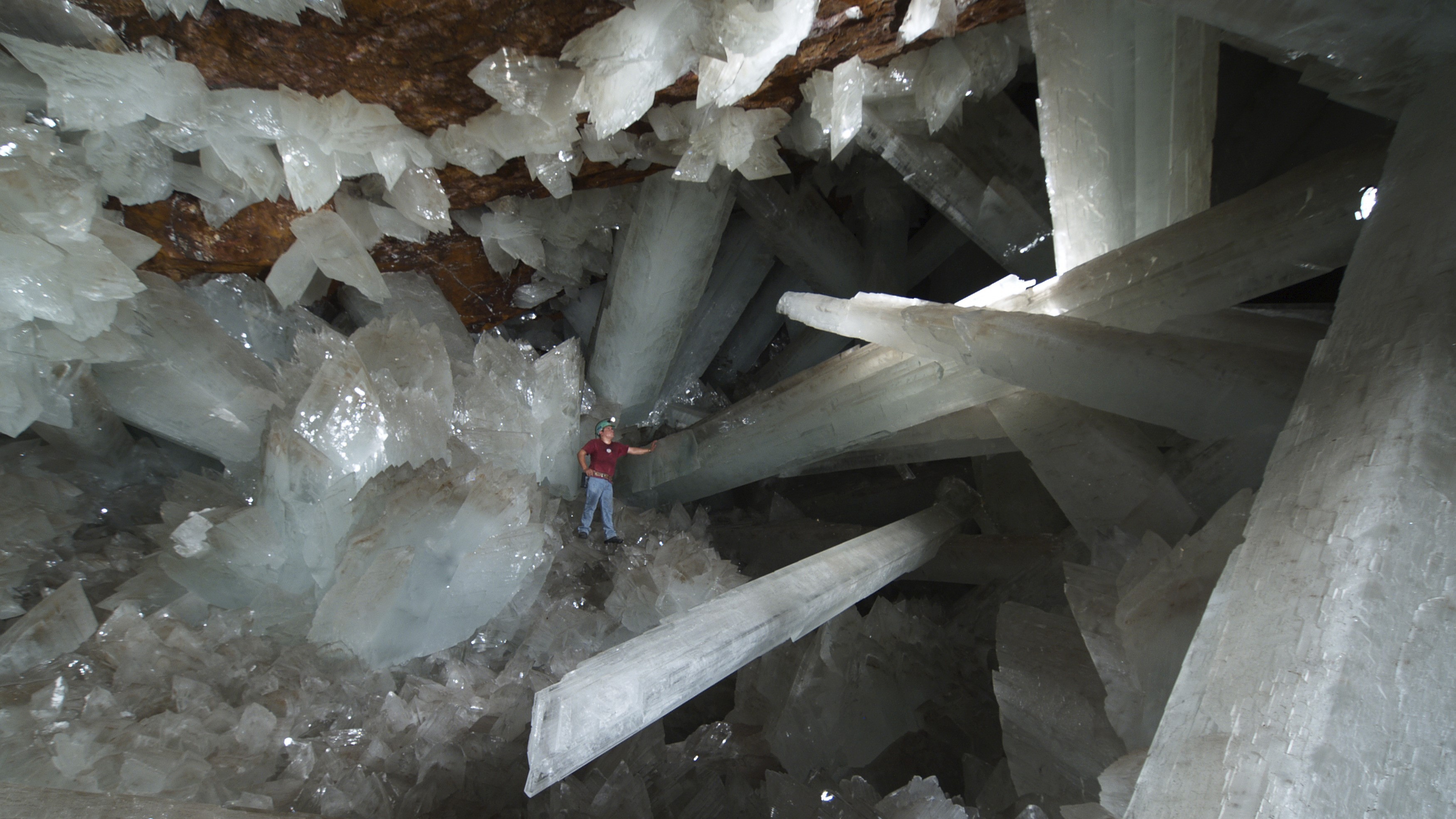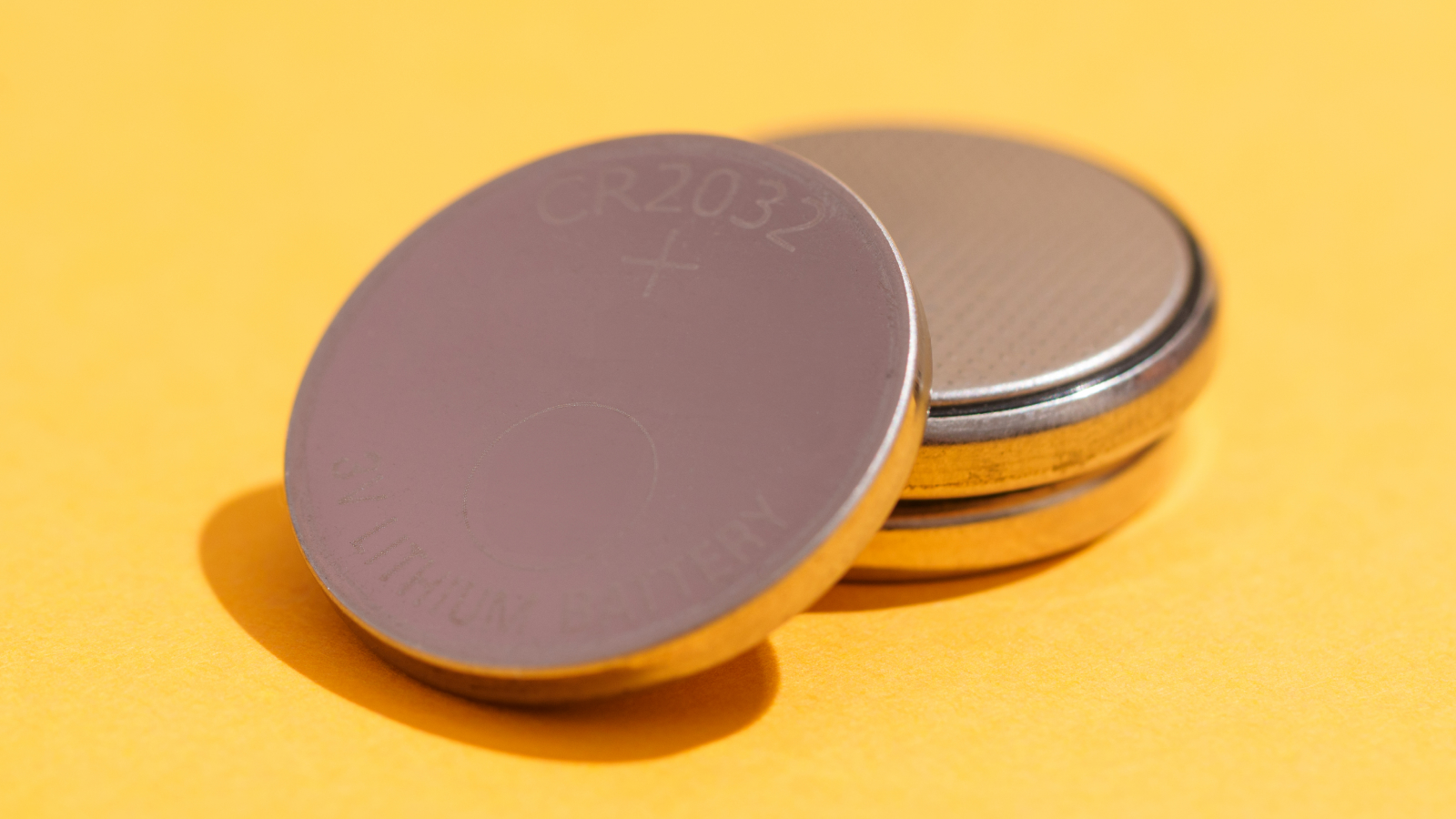Processes, Vol. 12, Pages 832: Raman Technology for Process Control: Waste Shell Demineralization for Producing Transparent Polymer Foils Reinforced with Natural Antioxidants and Calcium Acetate By-Products
Processes doi: 10.3390/pr12040832
Authors: Simona Cîntă Pînzaru Iuliana-Cornelia Poplăcean Karlo Maškarić Dănuț-Alexandru Dumitru Lucian Barbu-Tudoran Tudor-Liviu Tămaș Fran Nekvapil Bogdan Neculai
Waste biogenic materials derived from seafood exploitation represent valuable resources of new compounds within the blue bioeconomy concept. Here, we describe the effectiveness of Raman technology implementation as an in-line tool for the demineralization process control of crustaceans or gastropods. Transparent chitin polymeric foils and calcium acetate by-products were obtained from three waste crustacean shells (C. sapidus, S. mantis, and M. squinado) using a slow, green chemical approach employing acetic acid. Progressive mineral dissolution and increasing of the Raman characteristic signal of chitin is shown in a time-dependent manner using NIR-Raman spectroscopy, while resonance Raman shows intact carotenoids in reacted shells after 2 weeks. Chitin foil products are species-specific, and the demineralization bath of the waste shell mixture can be effectively tracked by Raman tools for solvent control and decision making for the recovery of calcium acetate by-products. Comparatively obtained calcium acetate from Rapana venosa snail shells, the subject of Raman analyses, allowed assessing by-product identity, hydration status, purity, and suitability as recrystallized material for further use as a pharmaceutical compound derived from different crustaceans or gastropod species. Cross validation of the results was done using FT-IR, XRD, and SEM-EDX techniques. A hand-held flexible TacticID Raman system with 1064 nm excitation demonstrated its effectiveness as a rapid, in-line decision making tool during process control and revealed excellent reproducibility of the lab-based instrument signal, suitable for in situ evaluation of the demineralization status and solvent saturation control.

 2 weeks ago
15
2 weeks ago
15


